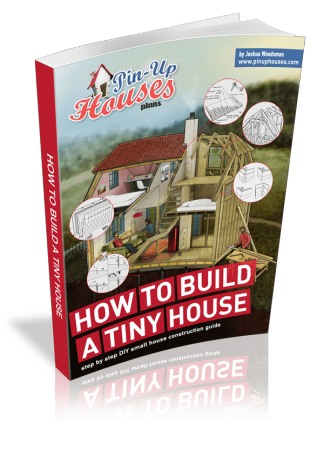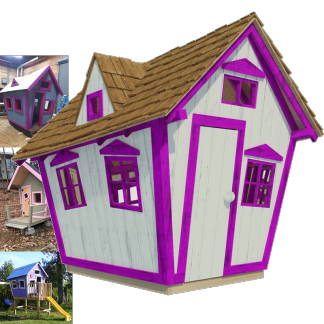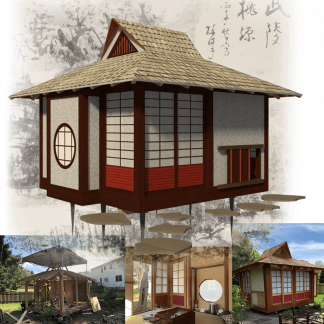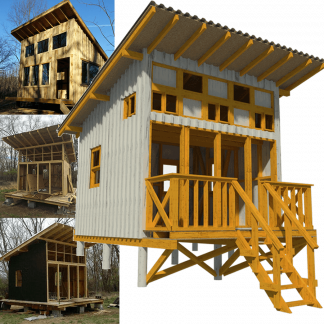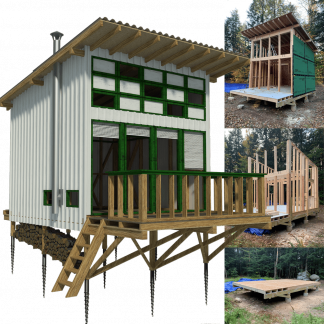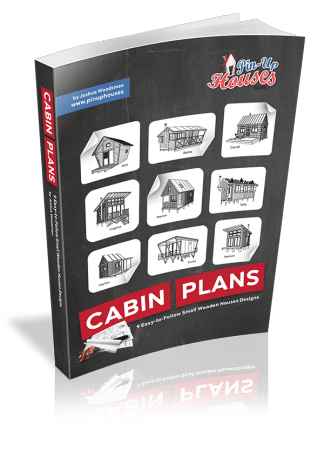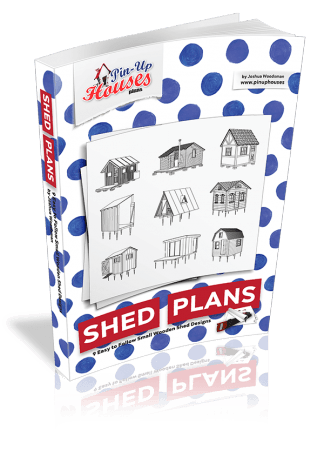
Designing a bedroom in your cabin requires careful planning. Twin beds and bunk beds offer different advantages, but which is the better option for your space? Here are five key factors.
Space
One of the main reasons people opt for bunk beds is to maximize floor space. In a compact cabin, space really matters. A set of bunk beds takes up the same footprint as a single twin bed, and accommodates twice as many people. This can be useful if you’re designing a guest room for friends and family or if you have a growing family of your own.
But there are ways to arrange twin beds to create a more open and inviting atmosphere. If you have more square footage available, parallel or perpendicular arrangements can work well. Unlike bunks, twin beds don’t require ladders or guardrails, which can make them a preferable option for many people. Also, twin/single is the smallest of the popular mattress types, approximately 38 inches wide and 75 inches long, potentially making them a good fit for your cabin.
Comfort
Comfort is another important factor. Bunk beds are practical but they can sometimes feel restrictive, especially for taller guests. Many bunk bed designs have limited headroom, making it challenging to sit up comfortably on the bottom bunk. Twin beds provide more flexibility – they can be arranged side by side for couples, pushed apart for privacy, or combined into a king size bed.
Twin beds are a better option for guests of varying mobility. Upper bunks require climbing a ladder or stairs, which can be challenging for older guests and those with mobility issues. Safety rails are important for upper bunks but can feel confining to some sleepers. There aren’t such concerns with twin beds, which offer equal comfort to all guests. Twin mattresses from Nest Bedding include all-foam options with highly breathable covers.
Aesthetic
The visual impact of your bedroom setup should also be considered. Twin beds lend themselves to a more classic look. Headboards, decorative bedding and coordinated nightstands could add up to a polished aesthetic to rival any bedroom, cabin or otherwise. Bunk beds are functional but they have more of a utilitarian appearance. They can work well in children’s rooms, hostels, or vacation spaces where maximizing sleep capacity is the top priority.
Long term investment
Thinking ahead, if your cabin is a family getaway that will see many years of usage, consider how the sleeping needs may change. Bunk beds are great for young children but may become less appealing as they grow older. Guests may prefer separate sleeping arrangements over climbing into a top bunk. Twin beds may be the better long term solution with greater adaptability. If the room initially serves children, the beds can later be used by guests, reducing the need for an overhaul.
Making the choice
Ultimately, the decision will come down to your specific needs and preferences. If maximizing space is top priority, bunk beds may be the way to go. If safety, comfort, and long term usability are more significant concerns, twin beds could be the better investment.


